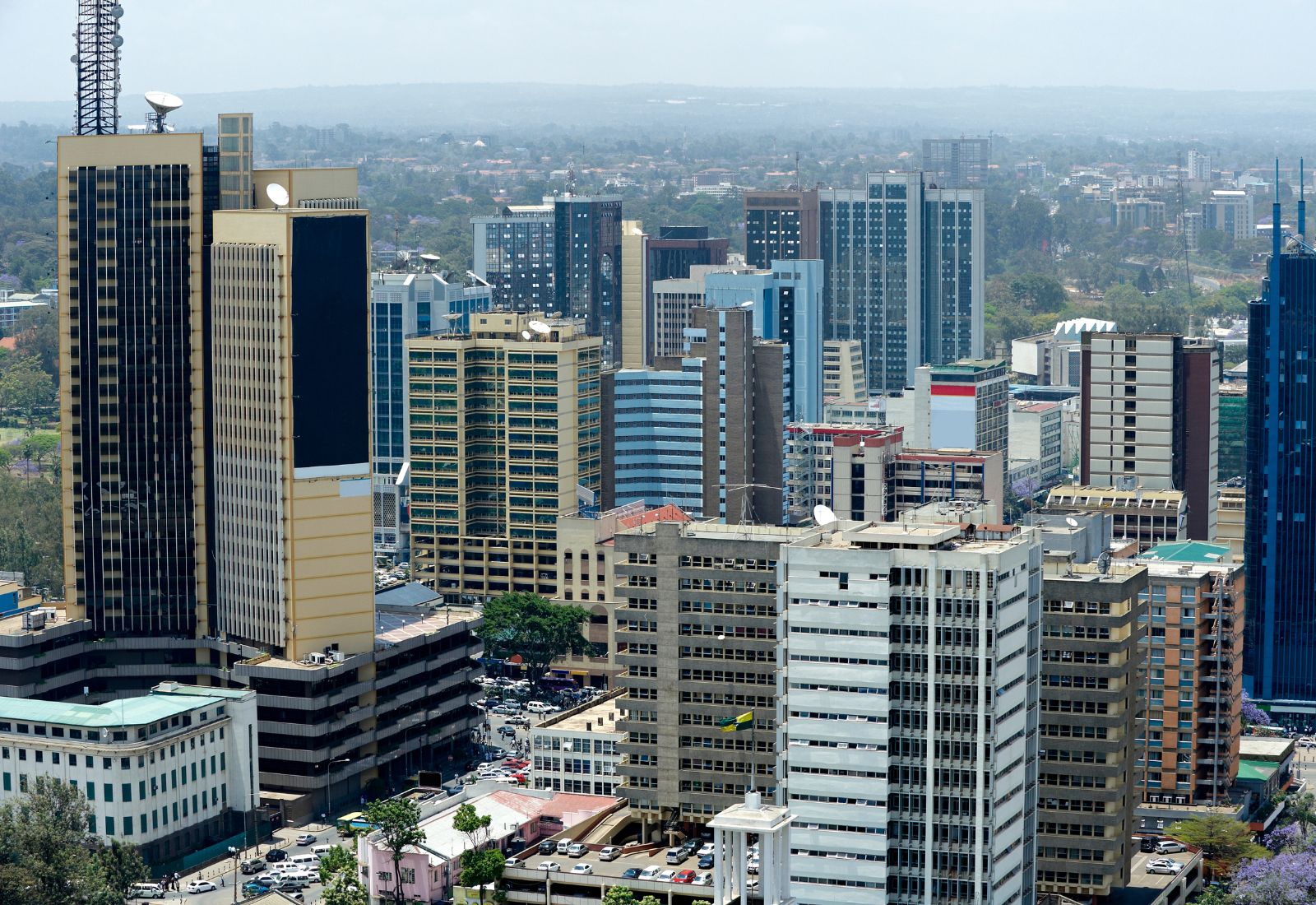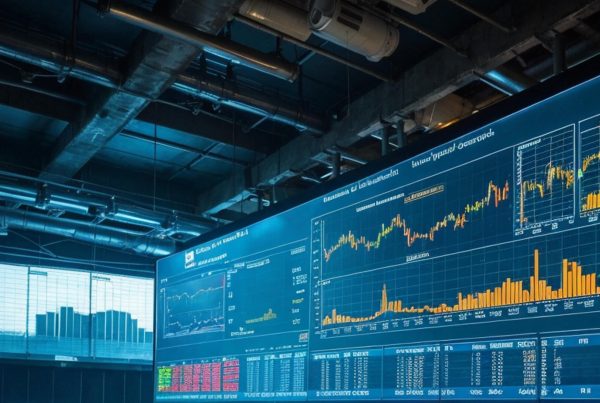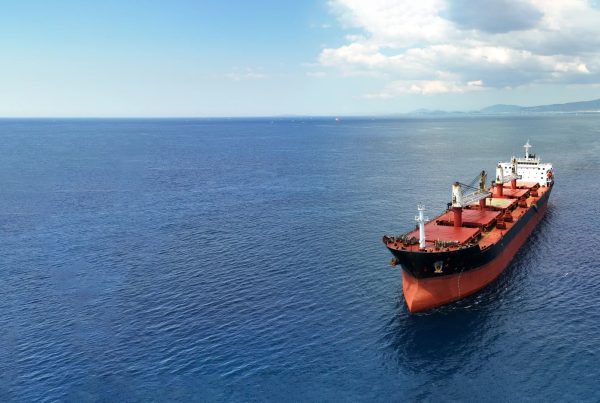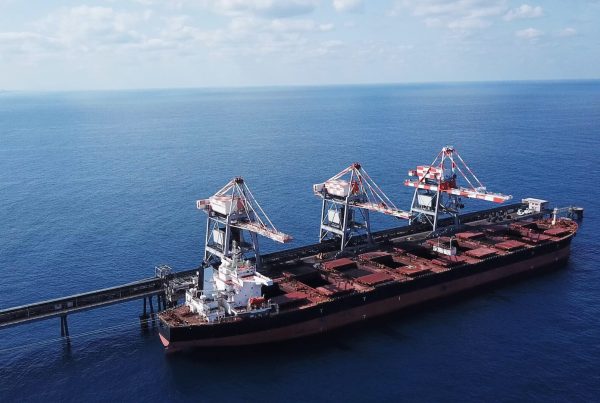Kenya’s current regional economic diplomacy is focused on enhancing its role as a regional trade and finance hub within East Africa, with an emphasis on boosting exports, facilitating trade and industrialisation, and leveraging private sector growth. This strategic pivot towards economic diplomacy is largely driven by the need to navigate the challenges posed by global economic shifts and to capitalize on the opportunities presented by regional and continental free trade agreements.
At the heart of Kenya’s economic diplomacy is the vision of commercial diplomacy, as outlined by Cabinet Assistant Secretary to the Ministry of Industrialisation, Trade and Enterprise Development, Lawrence Karanja. This approach marks a significant shift from traditional political diplomacy to a more economically focused strategy, aimed at facilitating trade and industrialisation efforts primarily led by the private sector. The inclusion of the Democratic Republic of Congo (DRC) into the East African Community (EAC) is a key development expected to expand Kenya’s regional consumer market significantly, thanks to Congo’s large population and its potential for market growth.
Kenya’s strategy involves leveraging its strengths in various economic sectors, including telecommunications, healthcare, and education, to transform into a services export hub. This transformation is seen as a critical pathway towards regional economic integration and growth, especially in light of disruptions in the global supply chain and the opportunities arising from the African Continental Free Trade Area (AfCFTA). The AfCFTA is particularly significant for Kenya, which was the second country to ratify the agreement, as it aims to create the largest free trade area in Africa, thus promising to boost intra-African trade and investment flows.
In alignment with its economic diplomacy goals, the administration of President William Ruto has mobilized key ministries under the leadership of Prime Cabinet Secretary Musalia Mudavadi to drive economic diplomacy initiatives. This effort is focused on stabilizing the foreign exchange market, positioning Kenya as a prime destination for Foreign Direct Investment (FDI), and creating new markets for Kenyan goods and services. Amidst challenges such as managing a rapidly growing public debt, President Ruto’s strategy also involves leveraging economic diplomacy to achieve a more balanced fiscal strategy that allocates more resources to development and less to debt repayment【7†source】.
Furthermore, the South African Institute of International Affairs (SAIIA) underscores Kenya’s position as a regional trade and finance hub in East Africa, highlighting the country’s active direction of its foreign policy towards economic diplomacy in pursuit of domestic development goals. Through a comprehensive analysis, Kenya has identified six important sectors to deliver the envisioned 10% annual economic growth rate, central to its economic development policy as part of the Vision 2030 framework. This approach signifies a strategic utilization of economic diplomacy to overcome constraints like corruption and overdependence on low-priced primary agricultural goods in world markets【6†source】.
Kenya’s regional economic diplomacy is a multifaceted strategy aimed at securing sustainable economic growth and development by leveraging regional integration, promoting commercial diplomacy, and harnessing the potential of the private sector. Through these efforts, Kenya aspires to not only boost its economic prospects but also to contribute positively to the broader East African and African economic landscapes.





